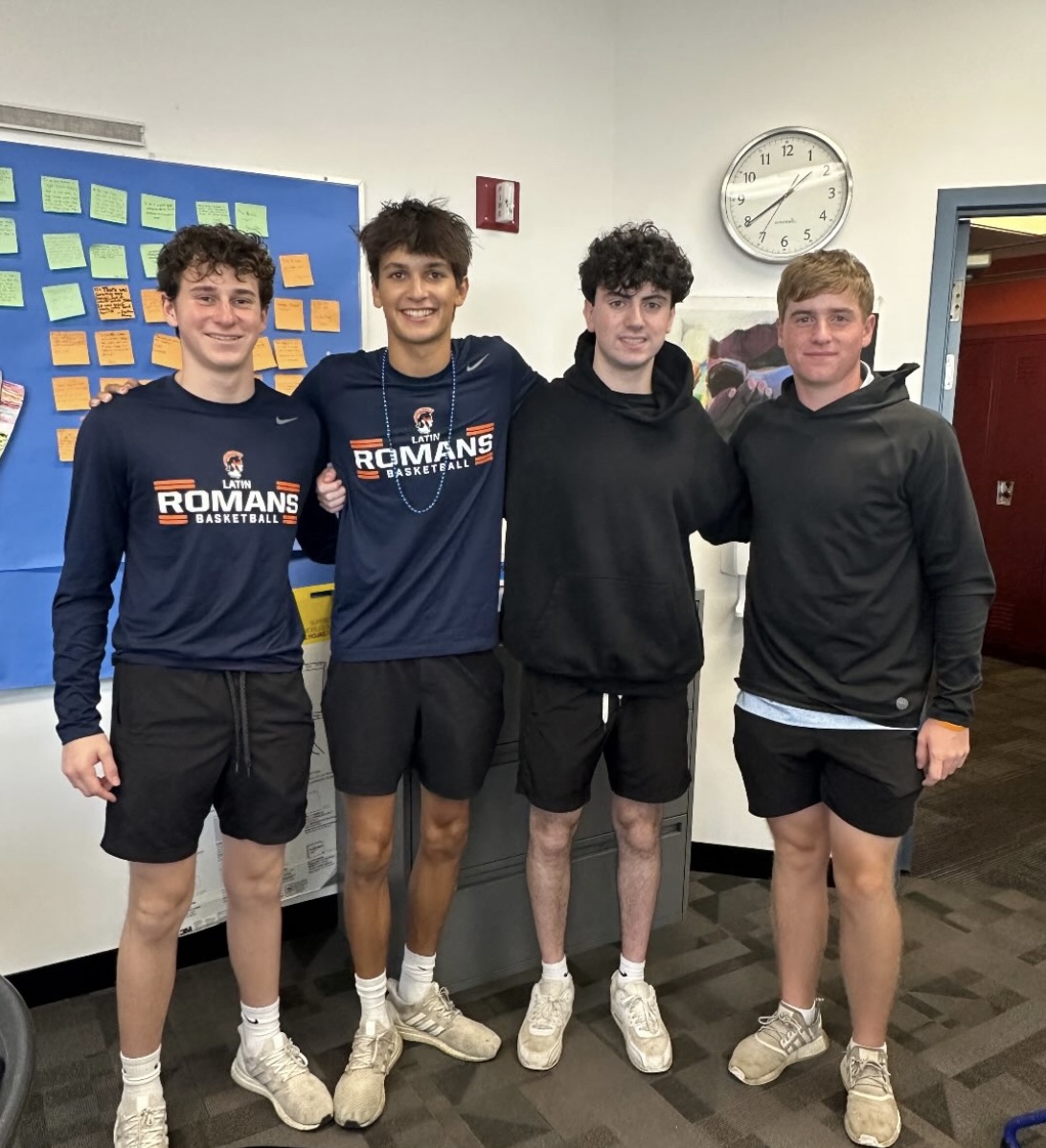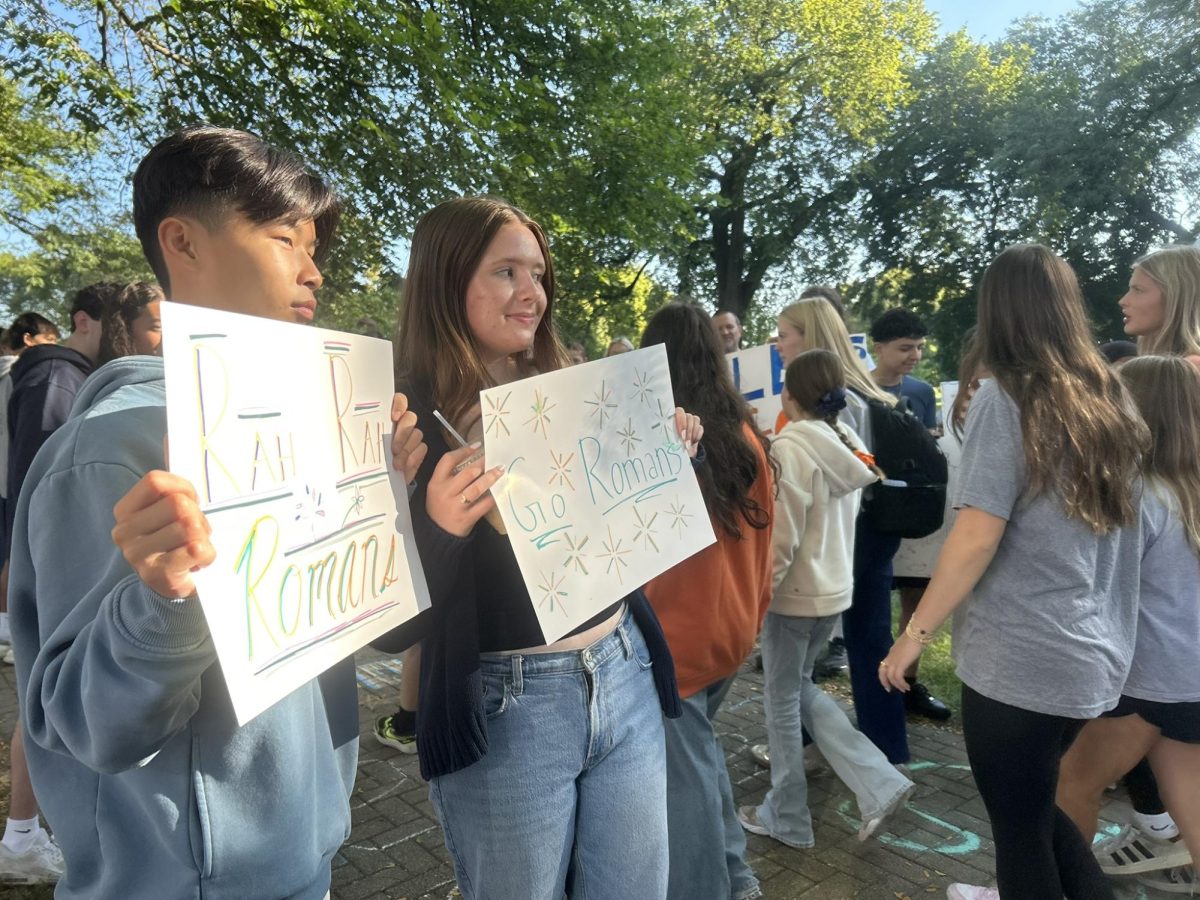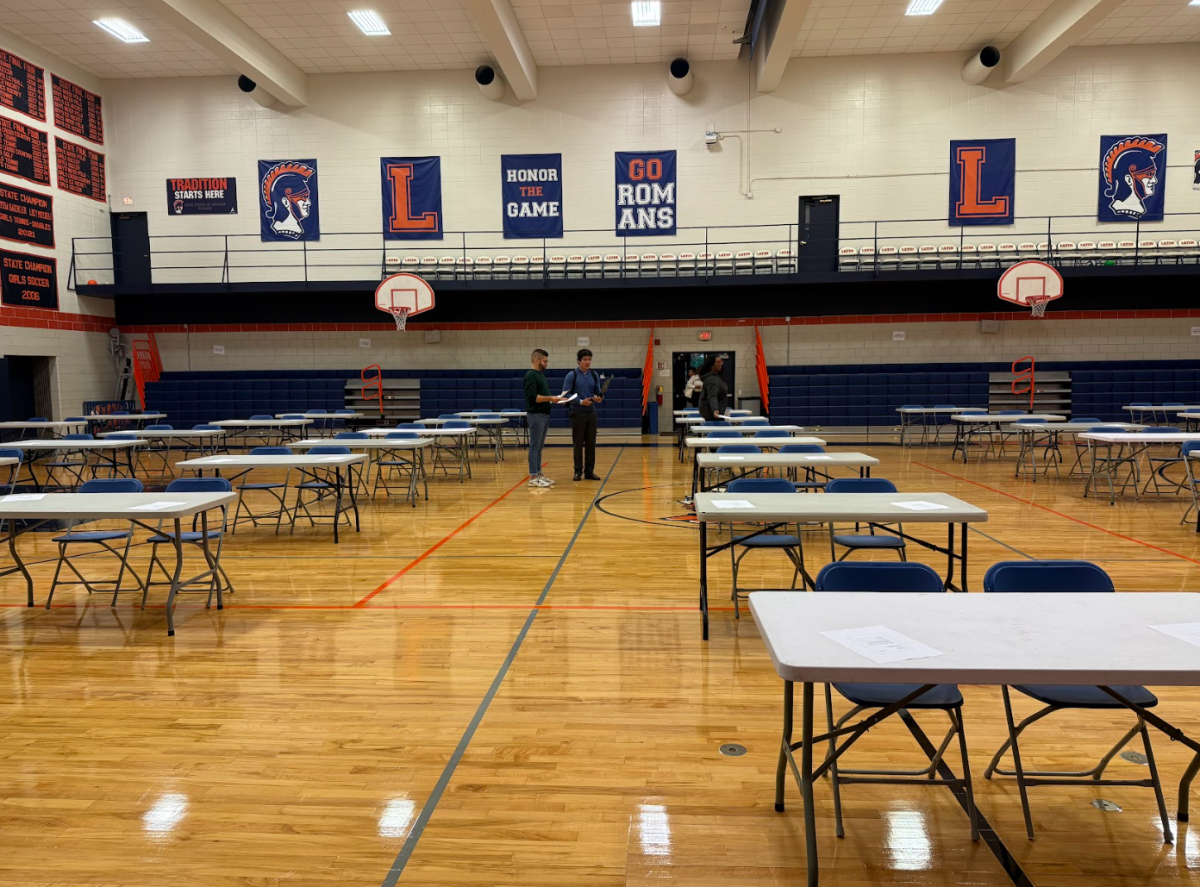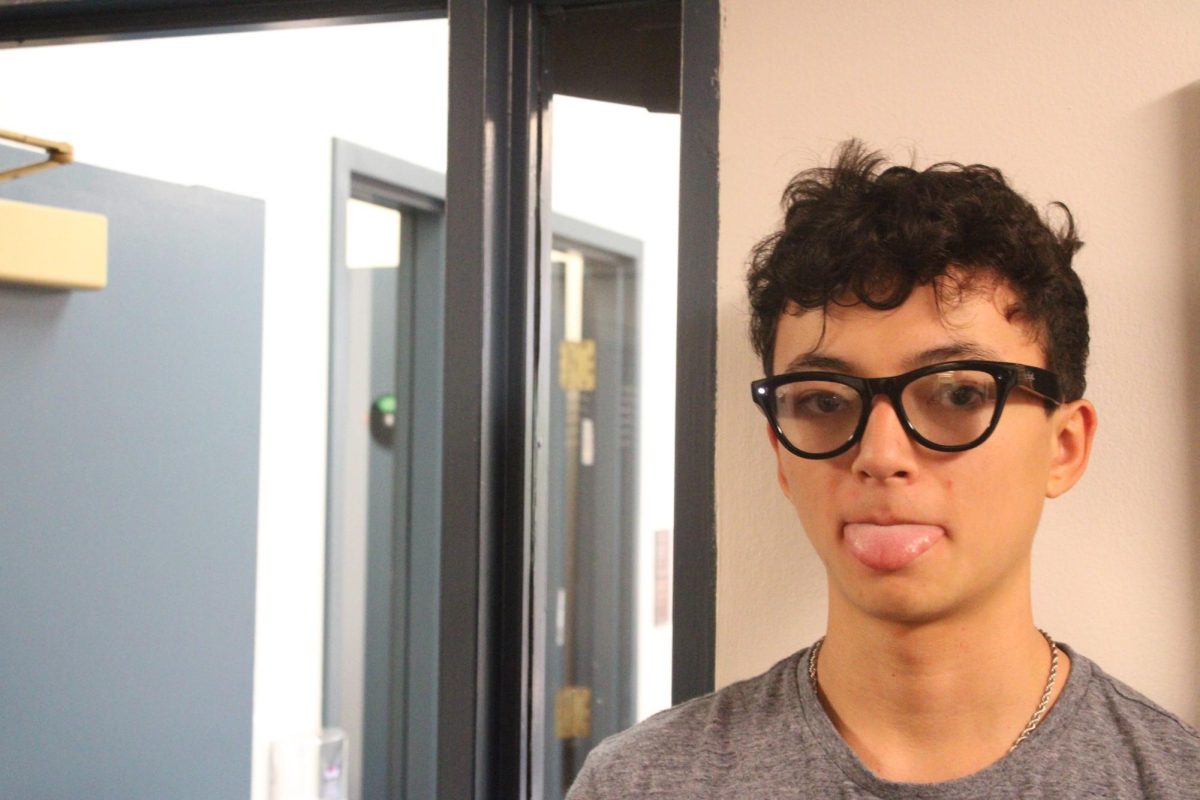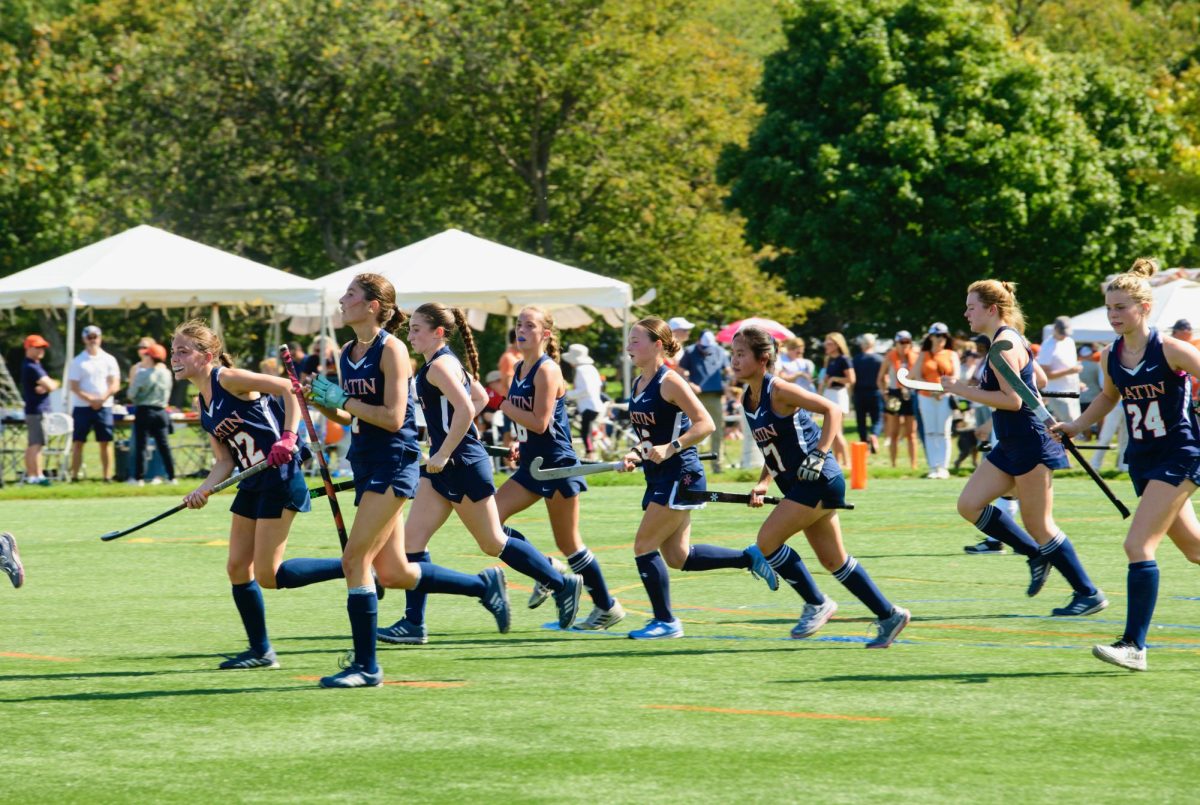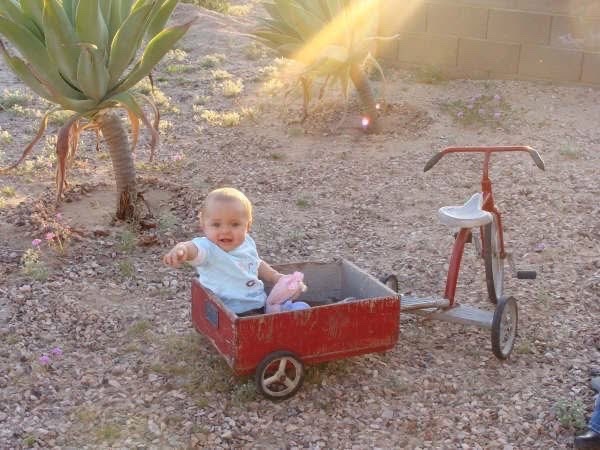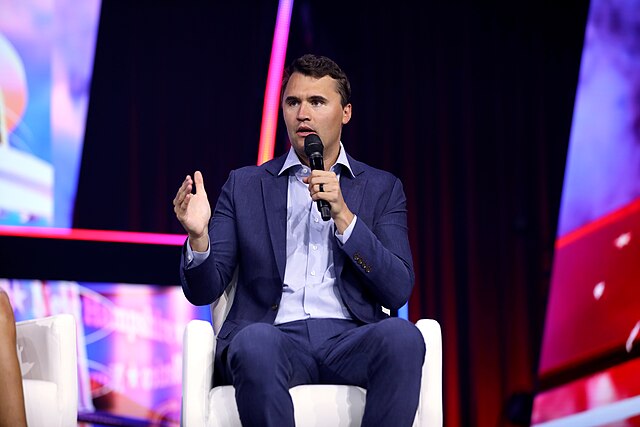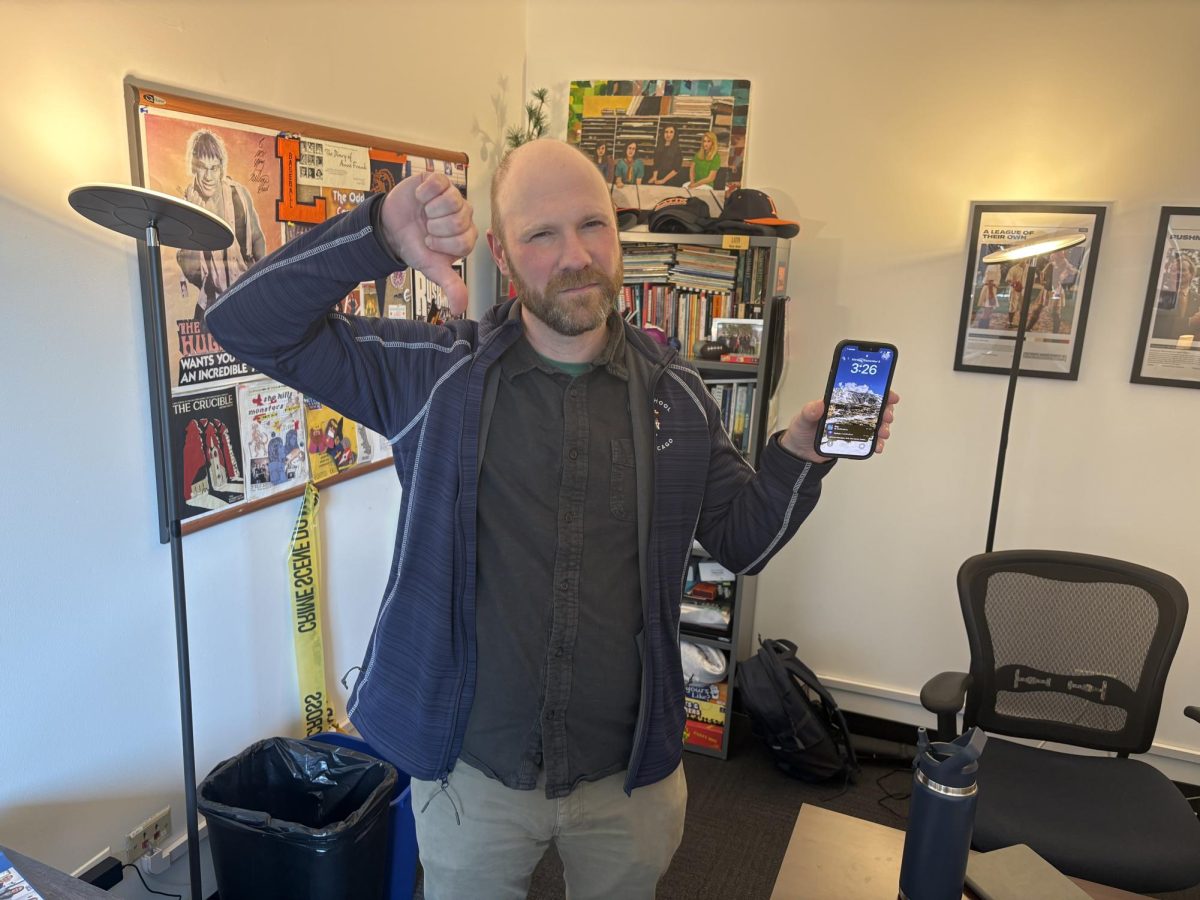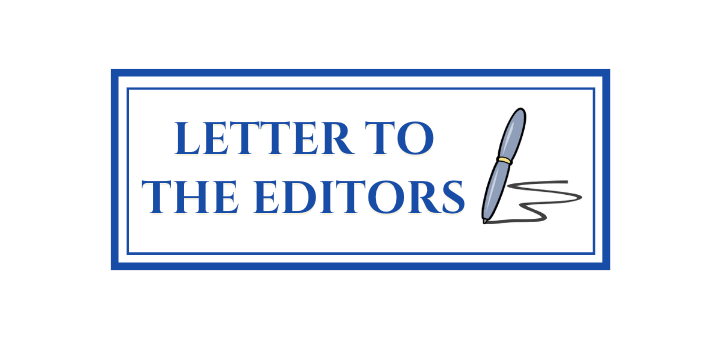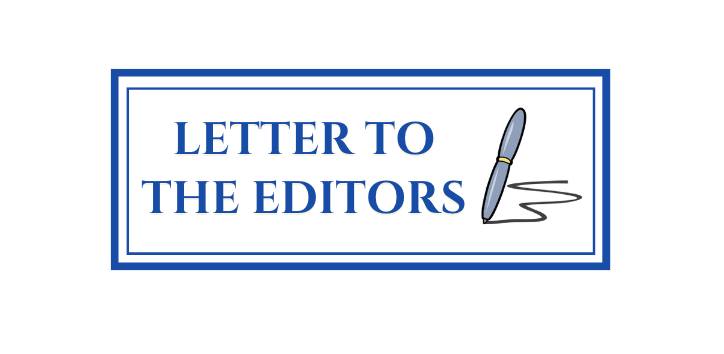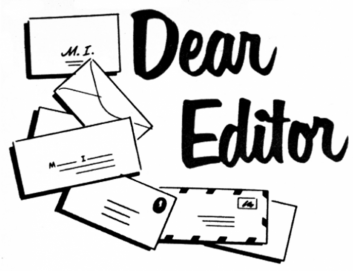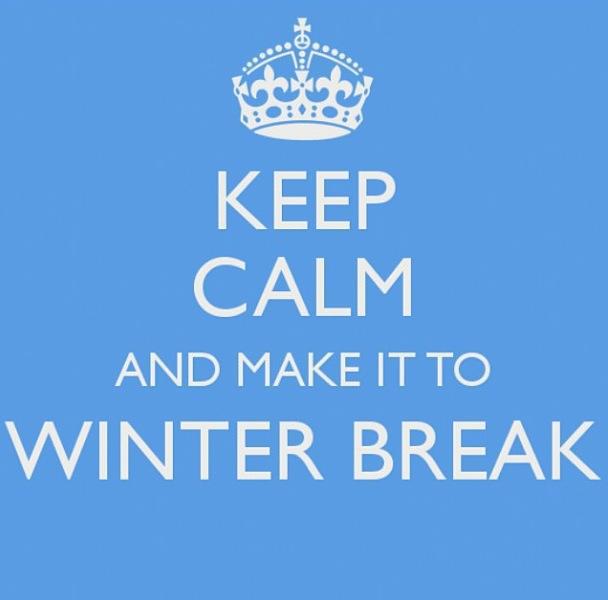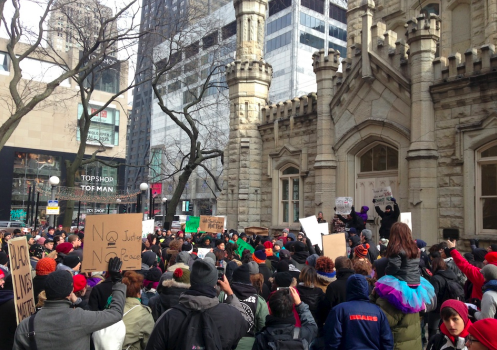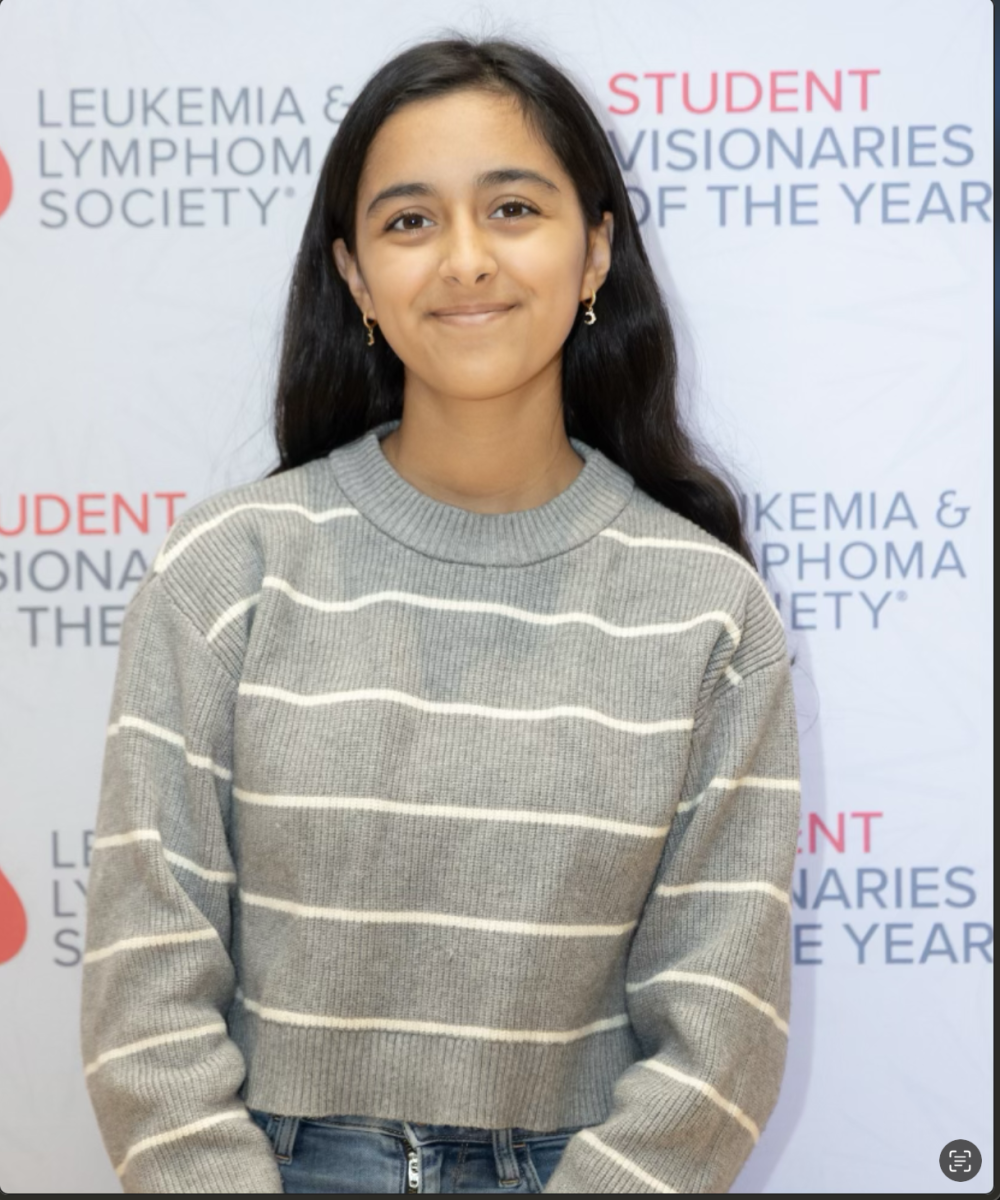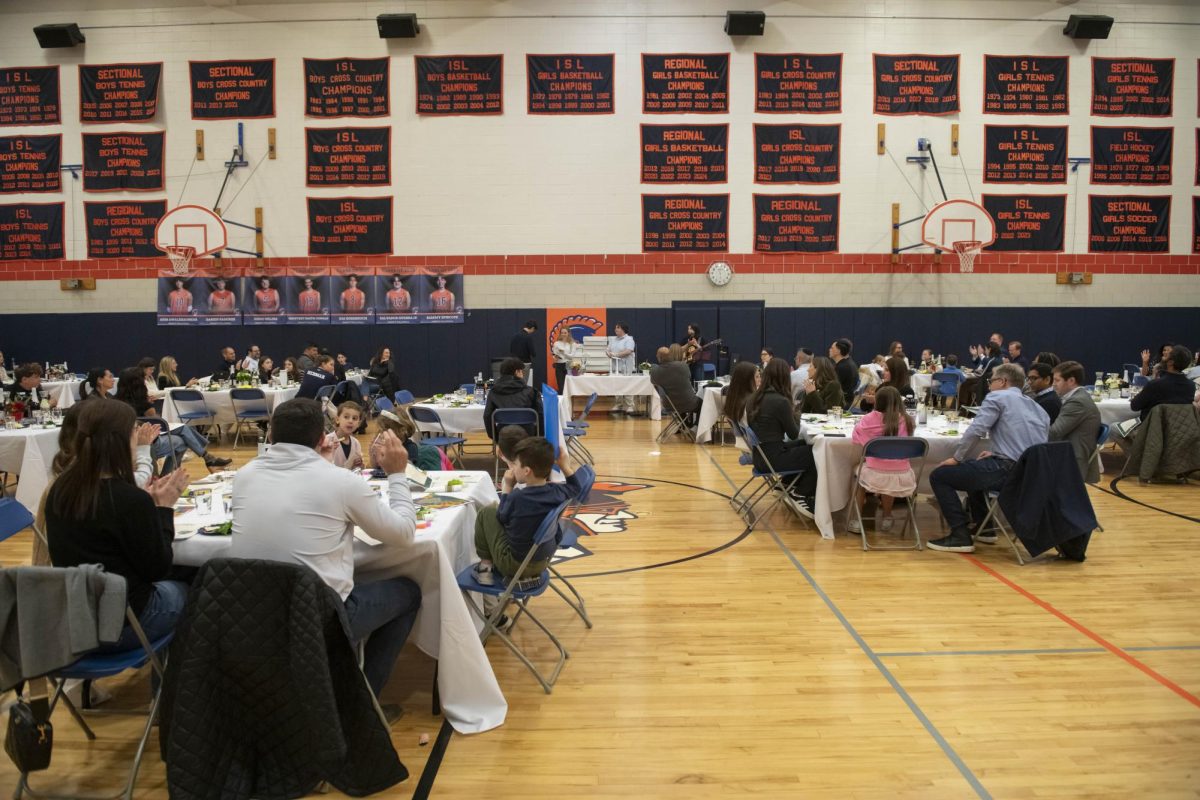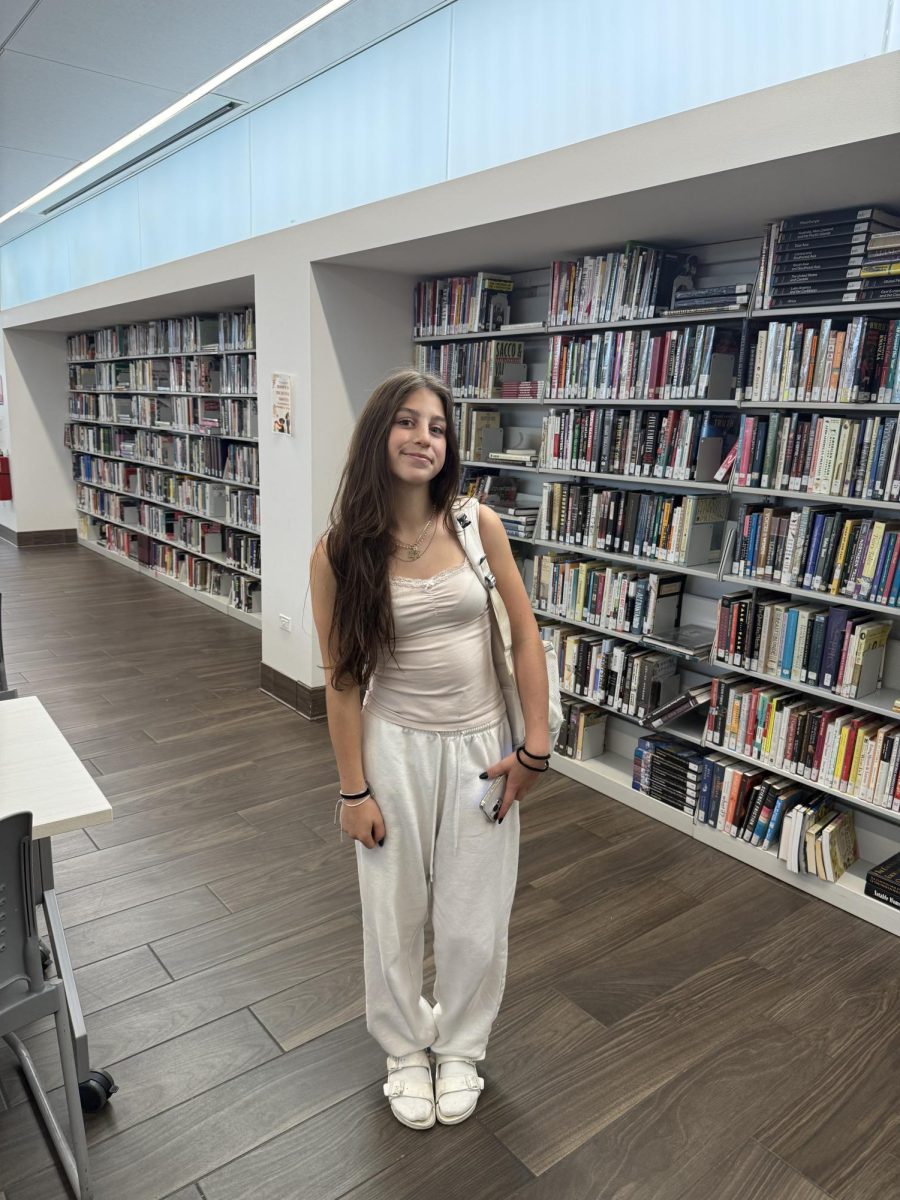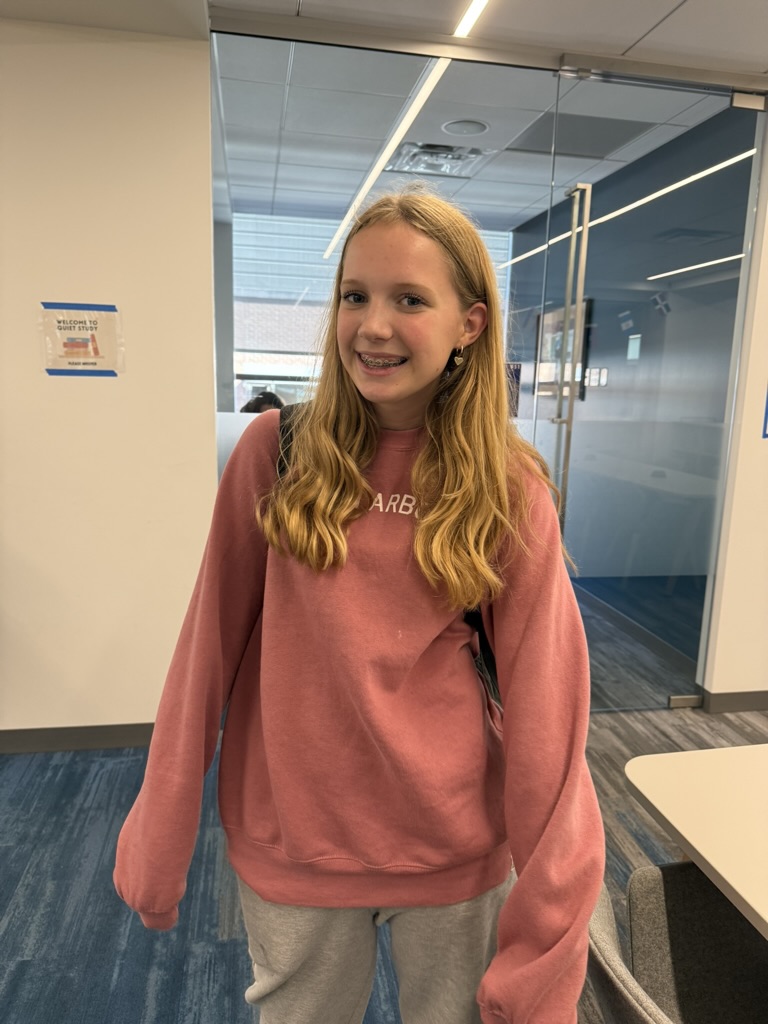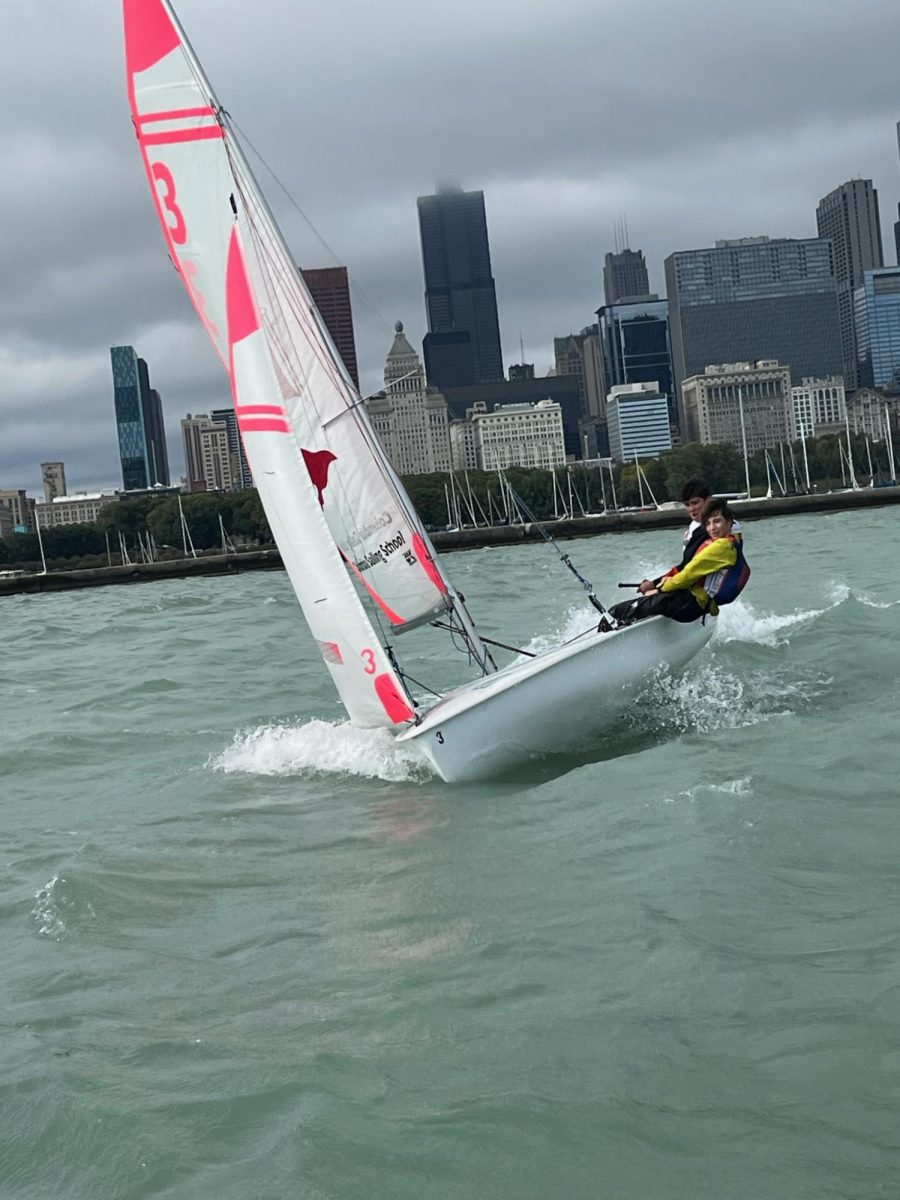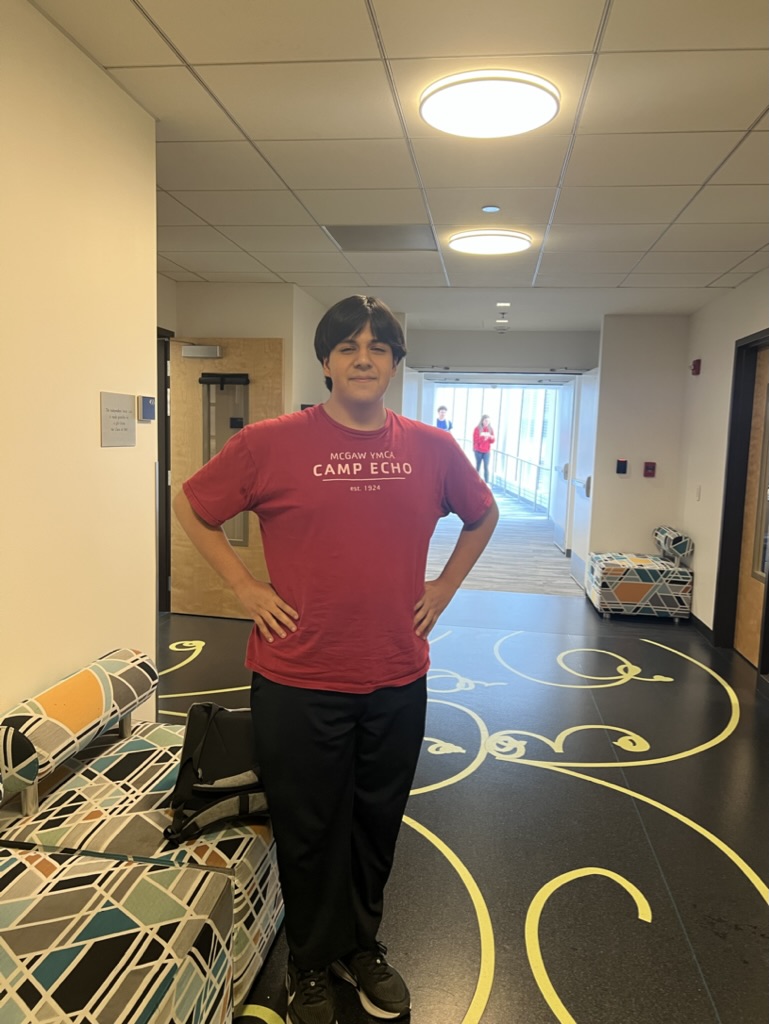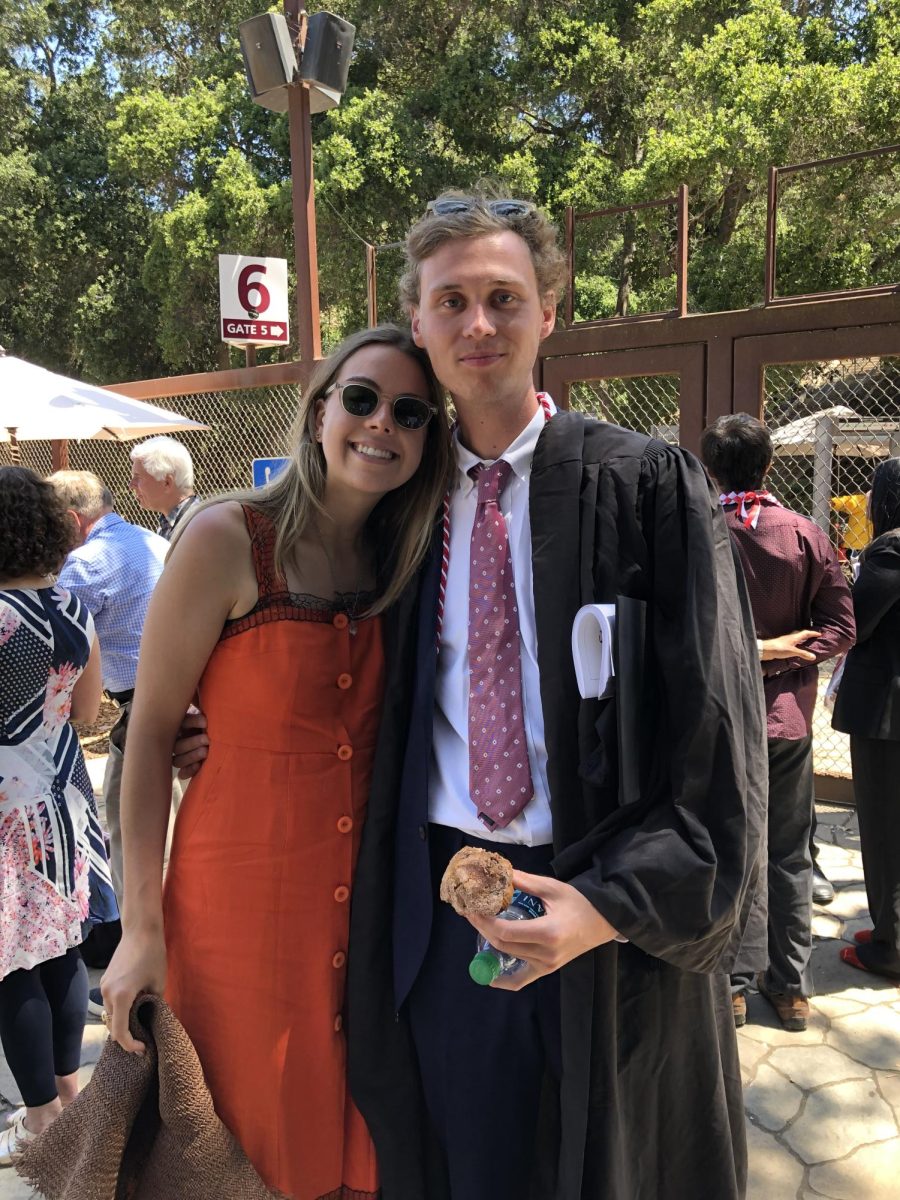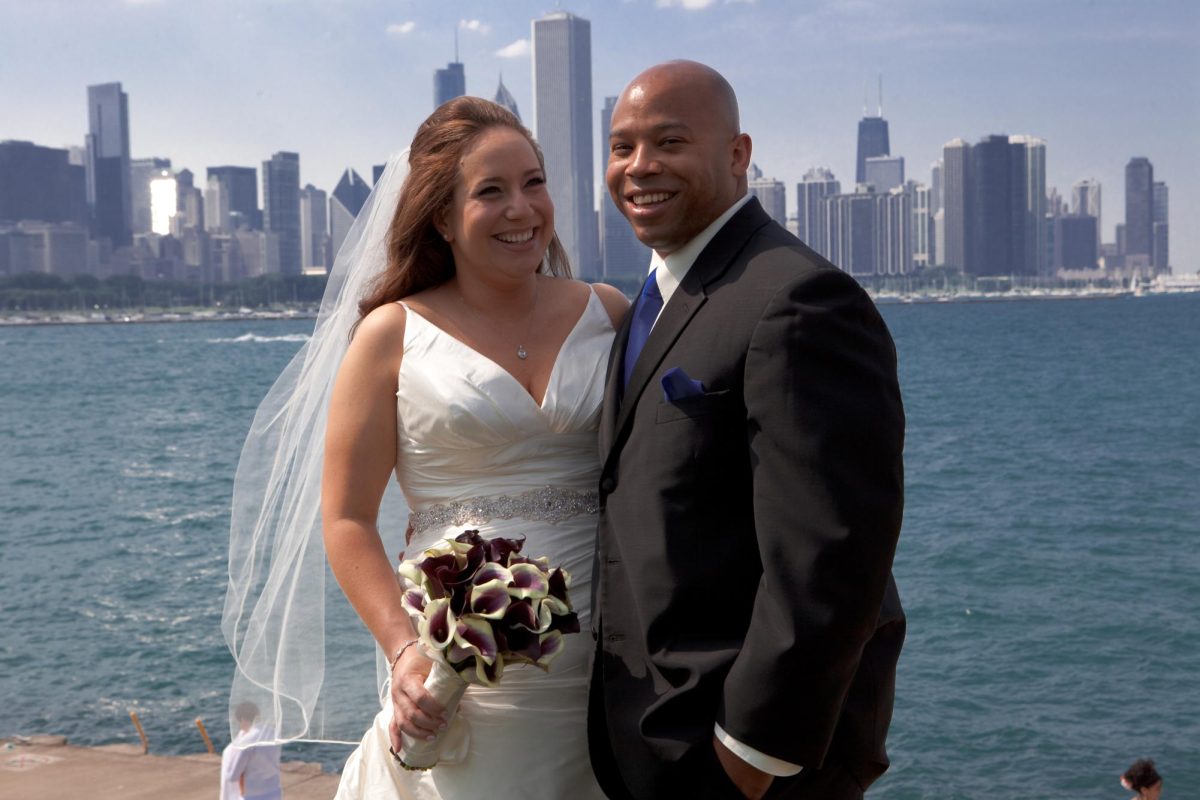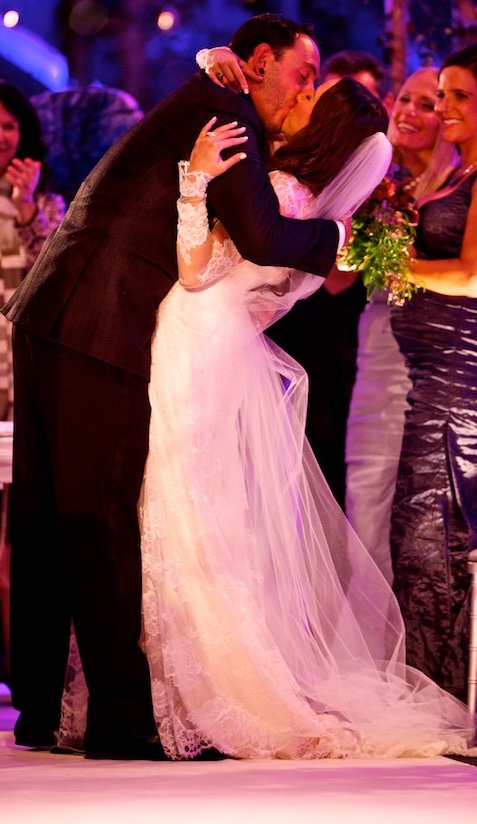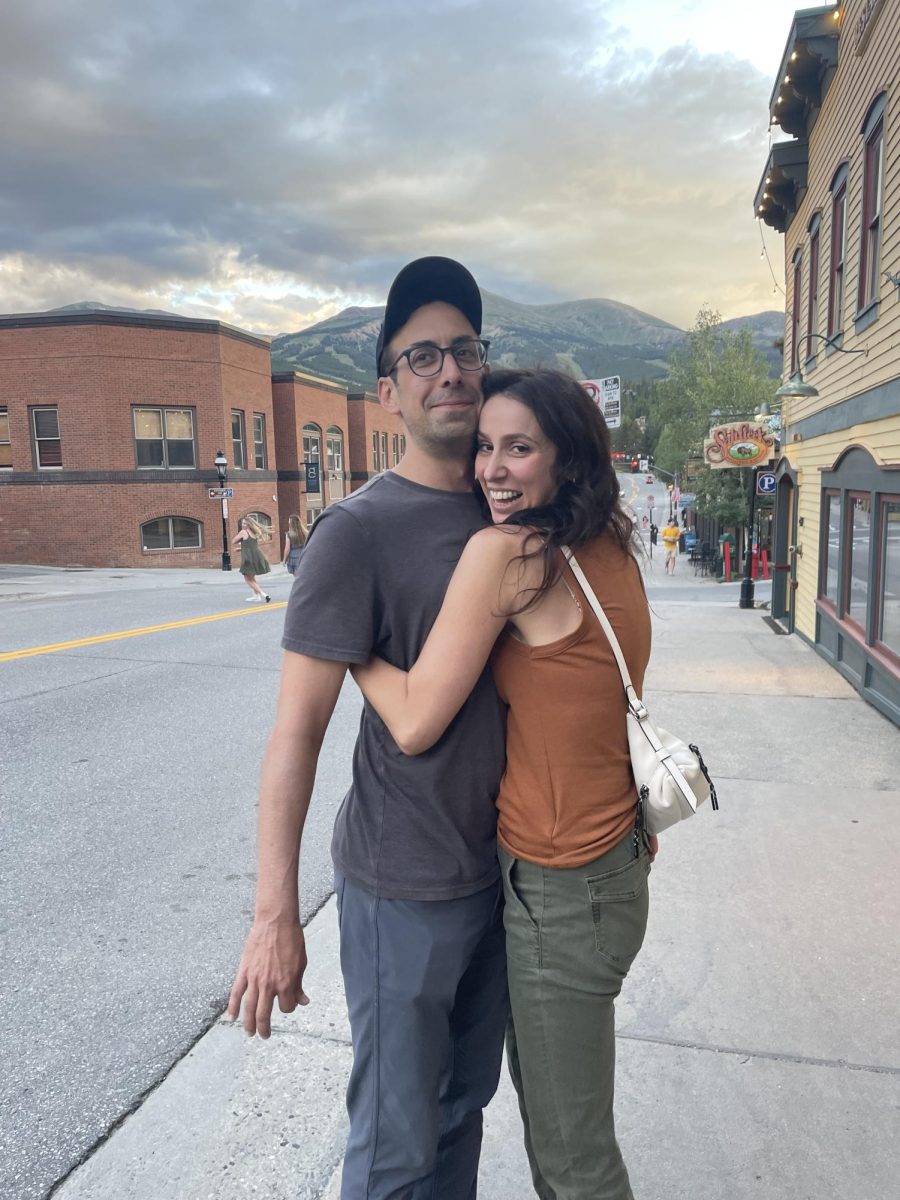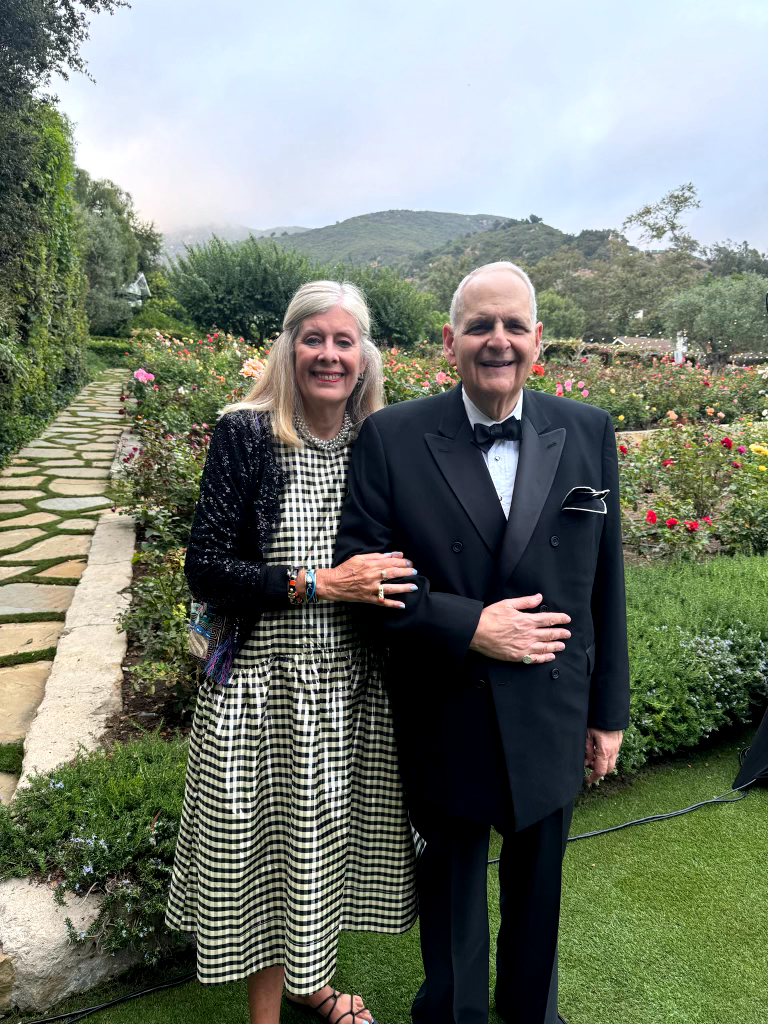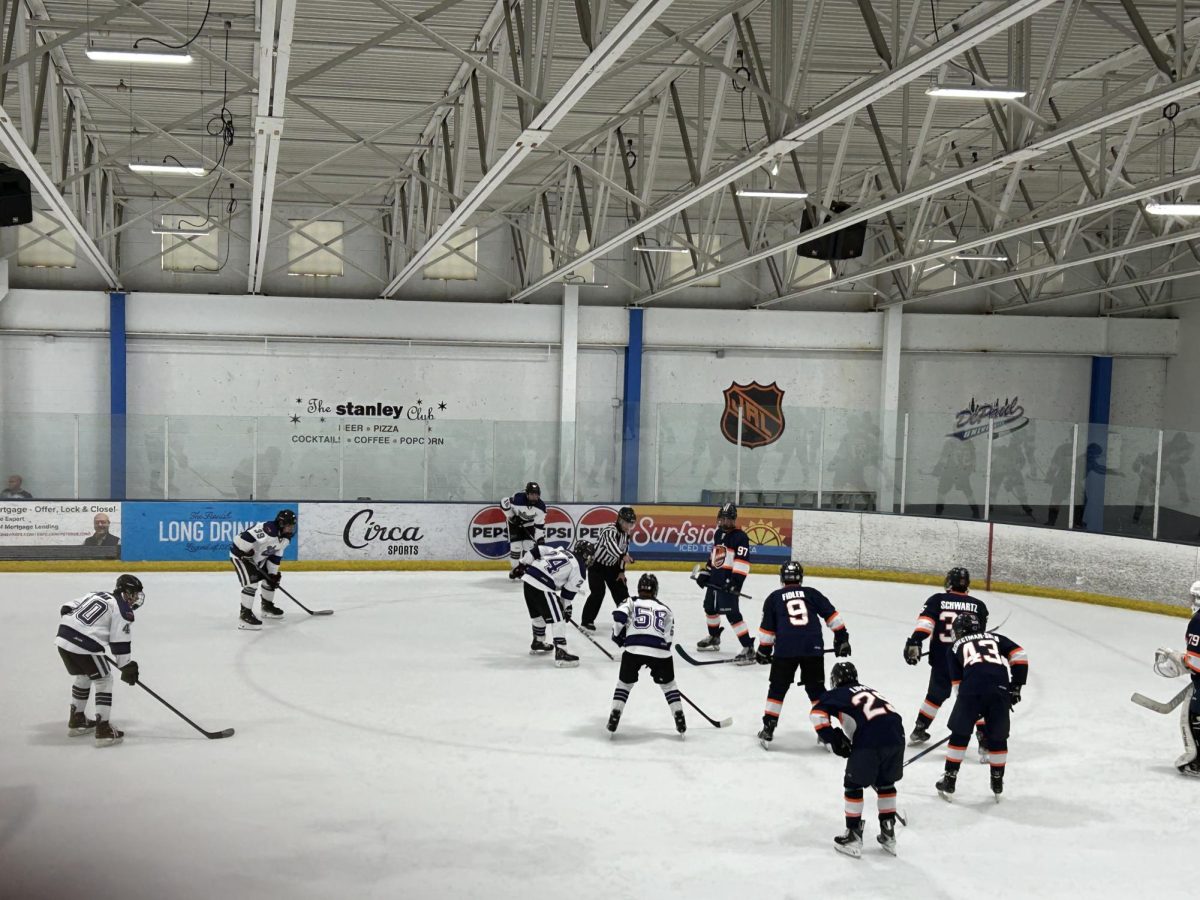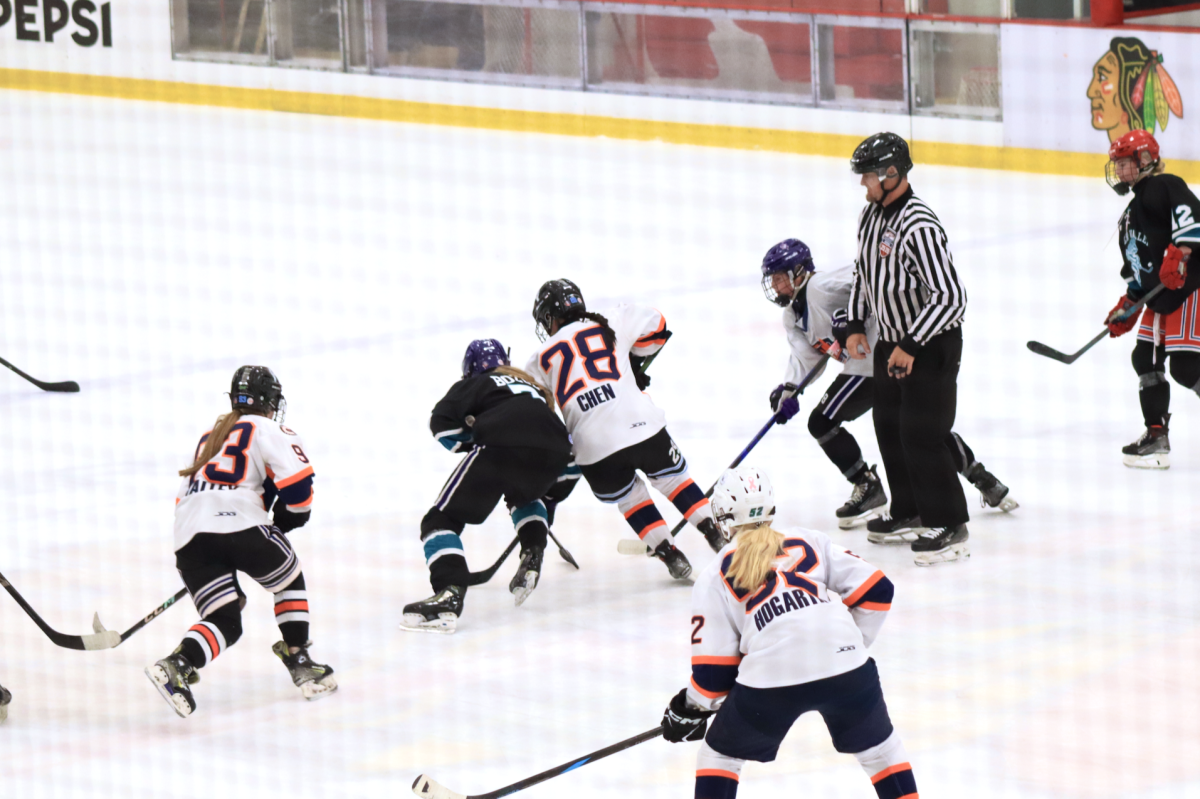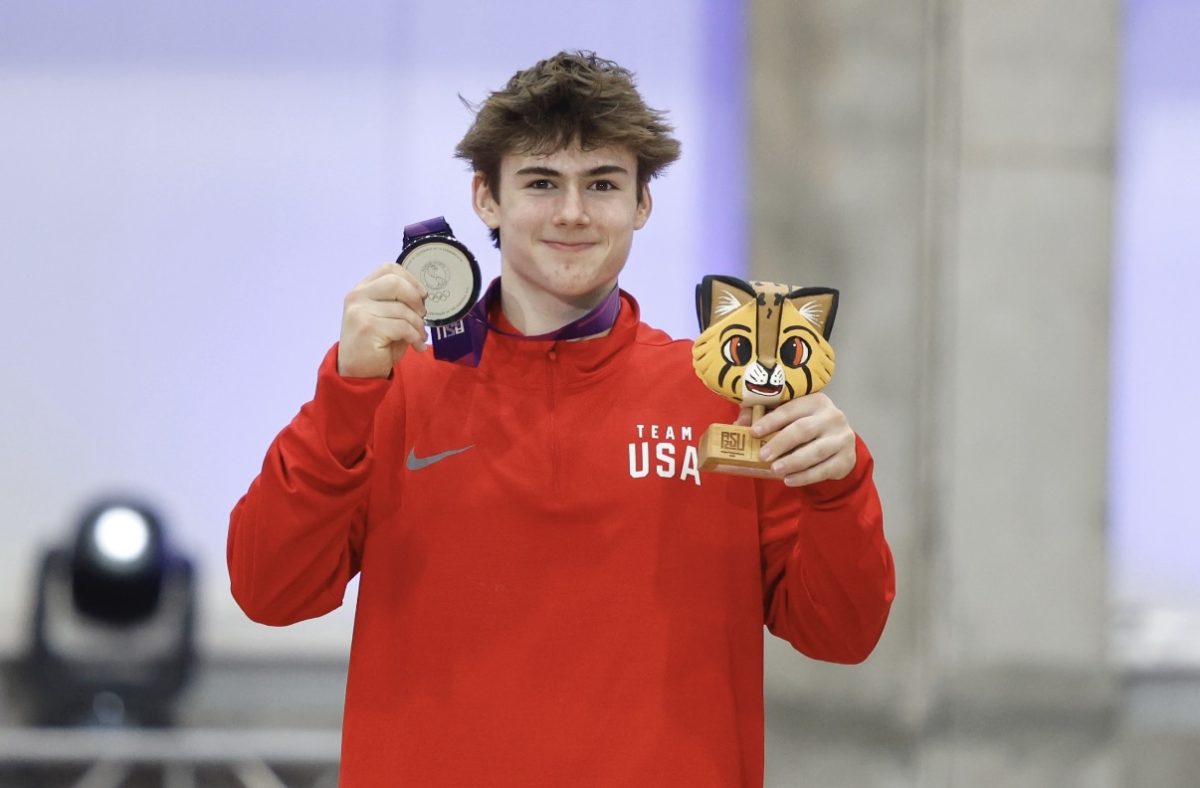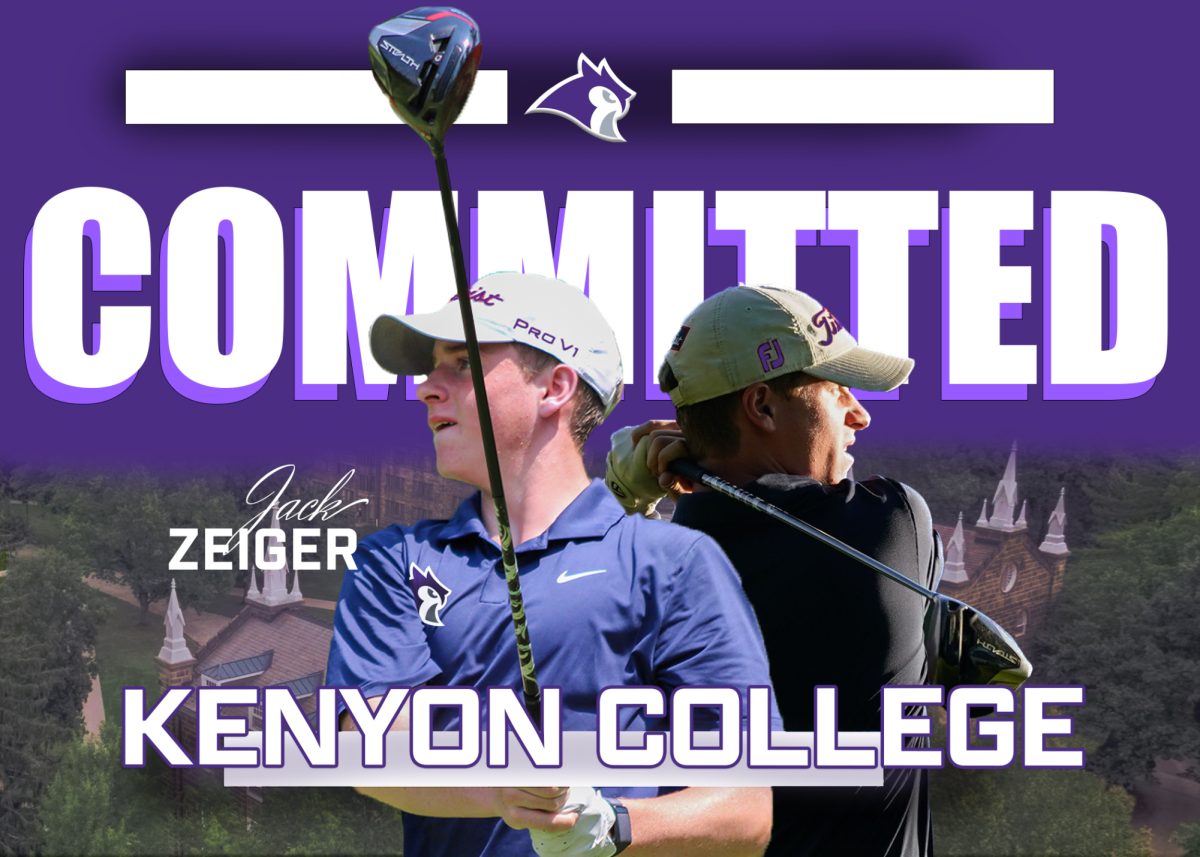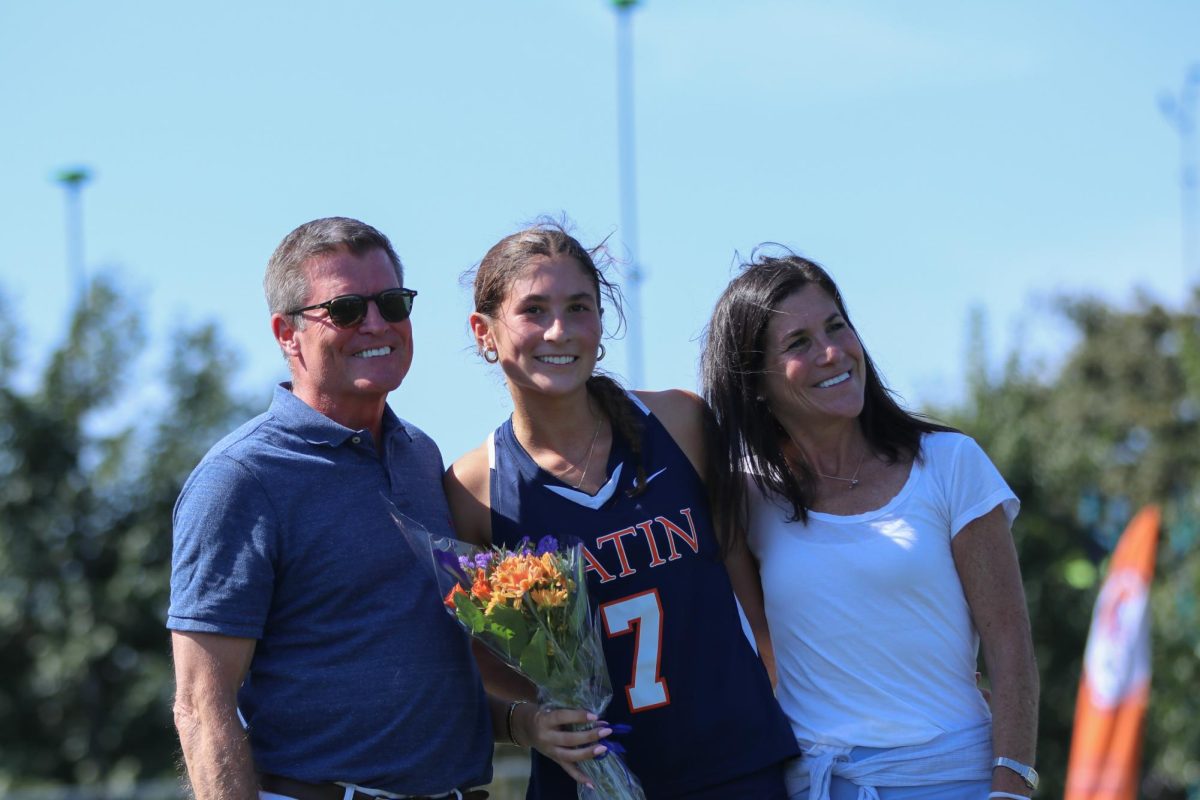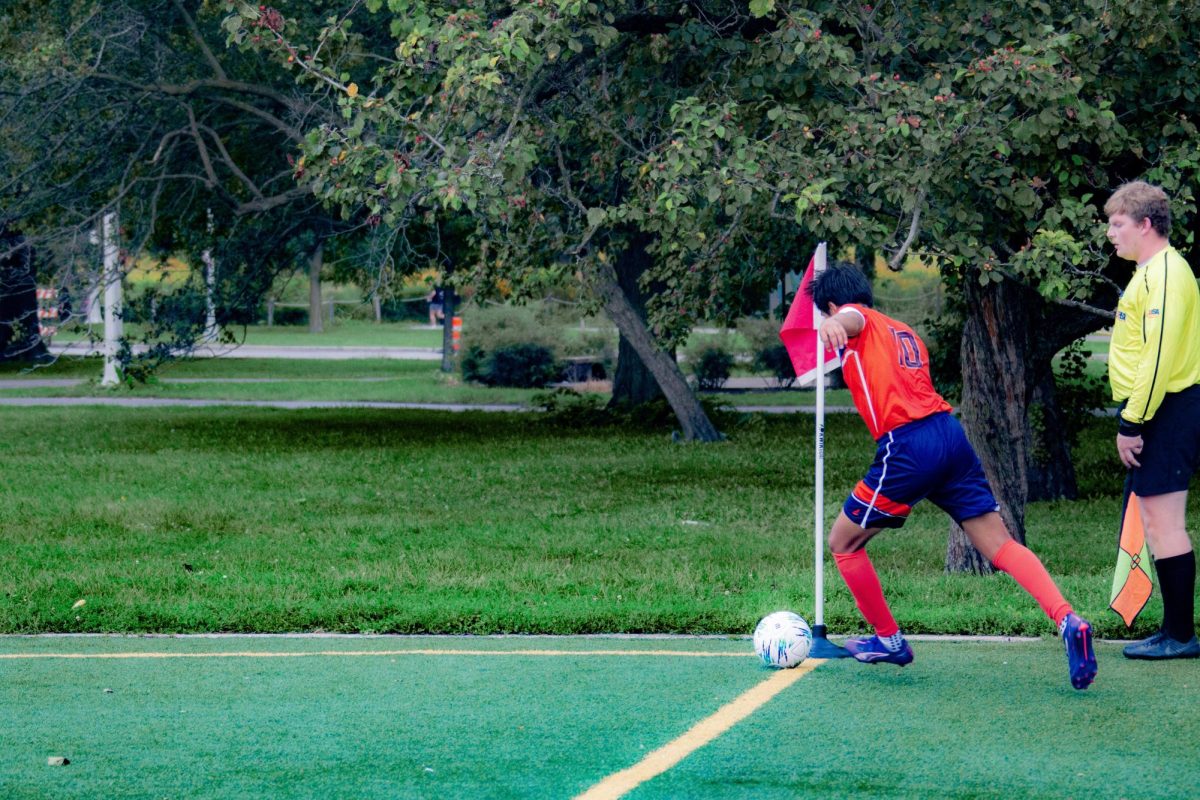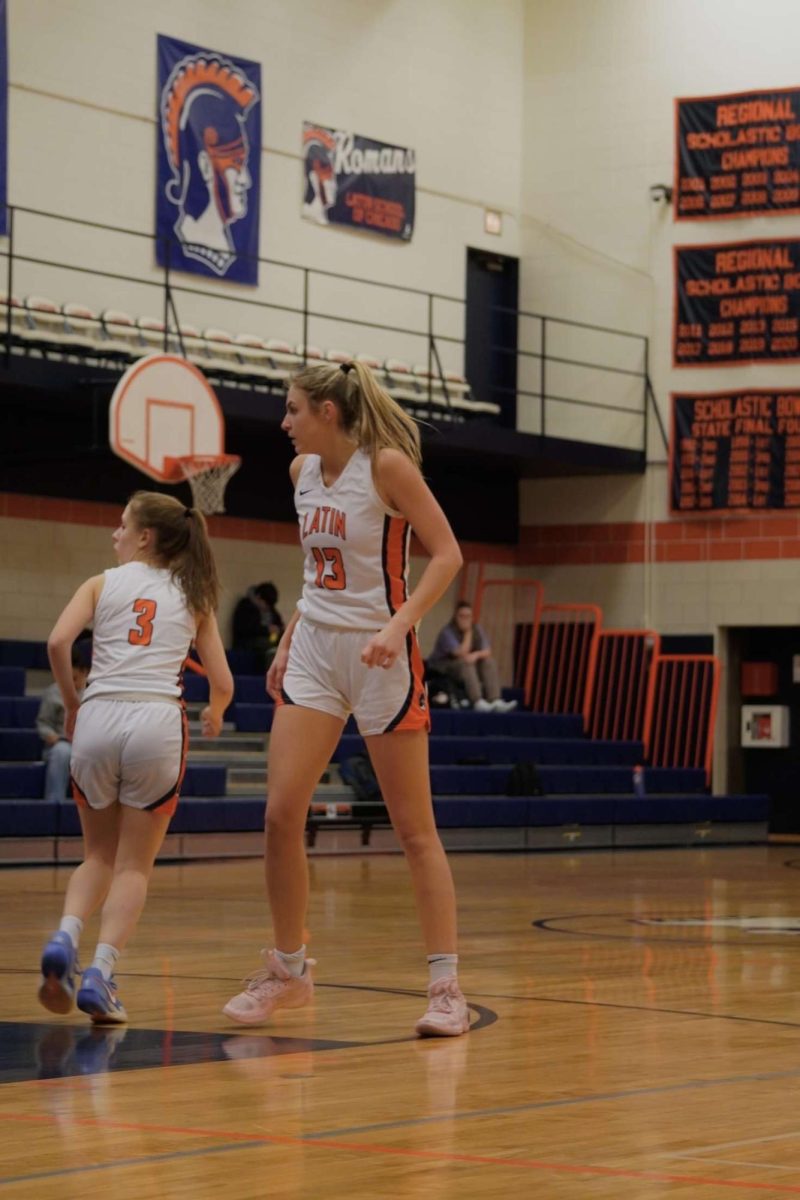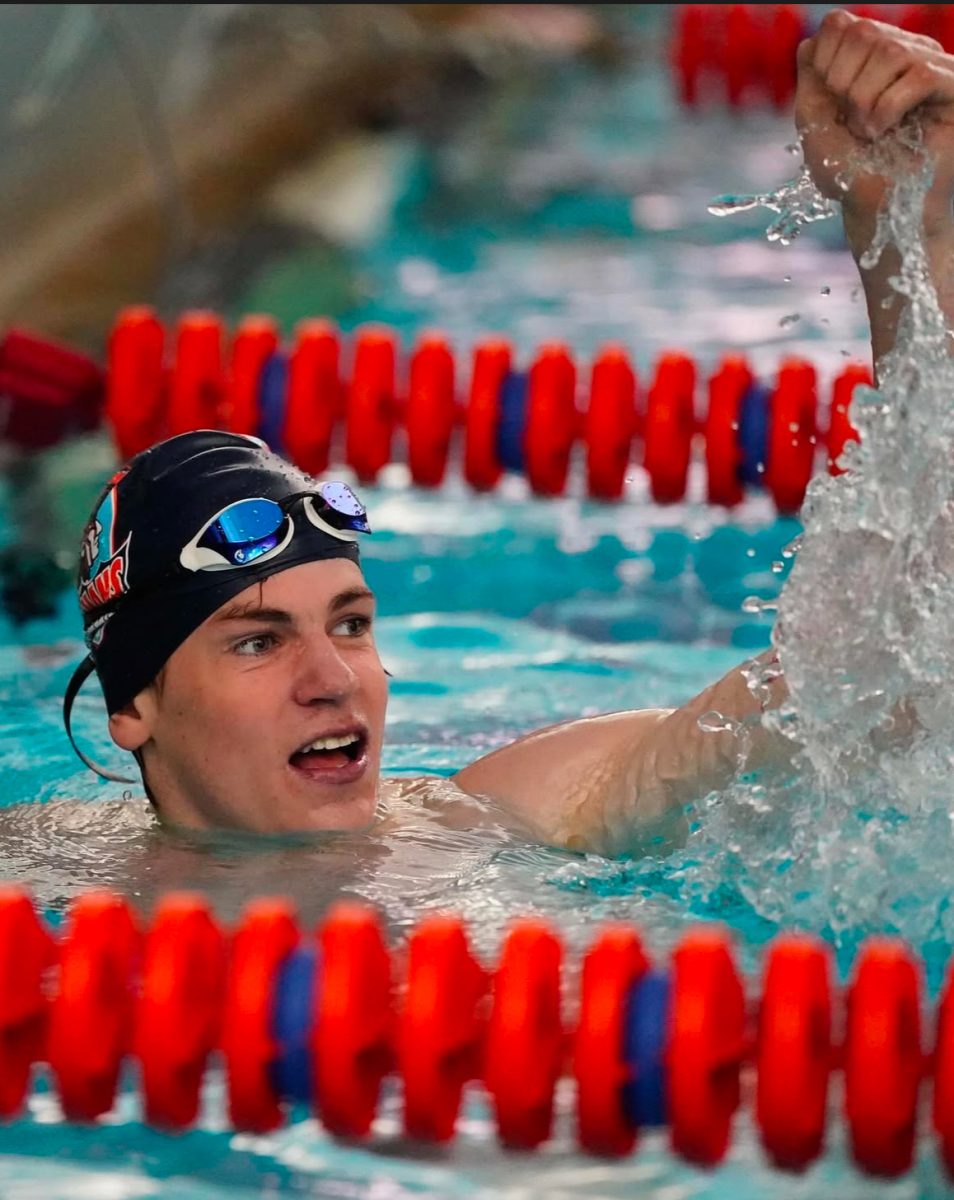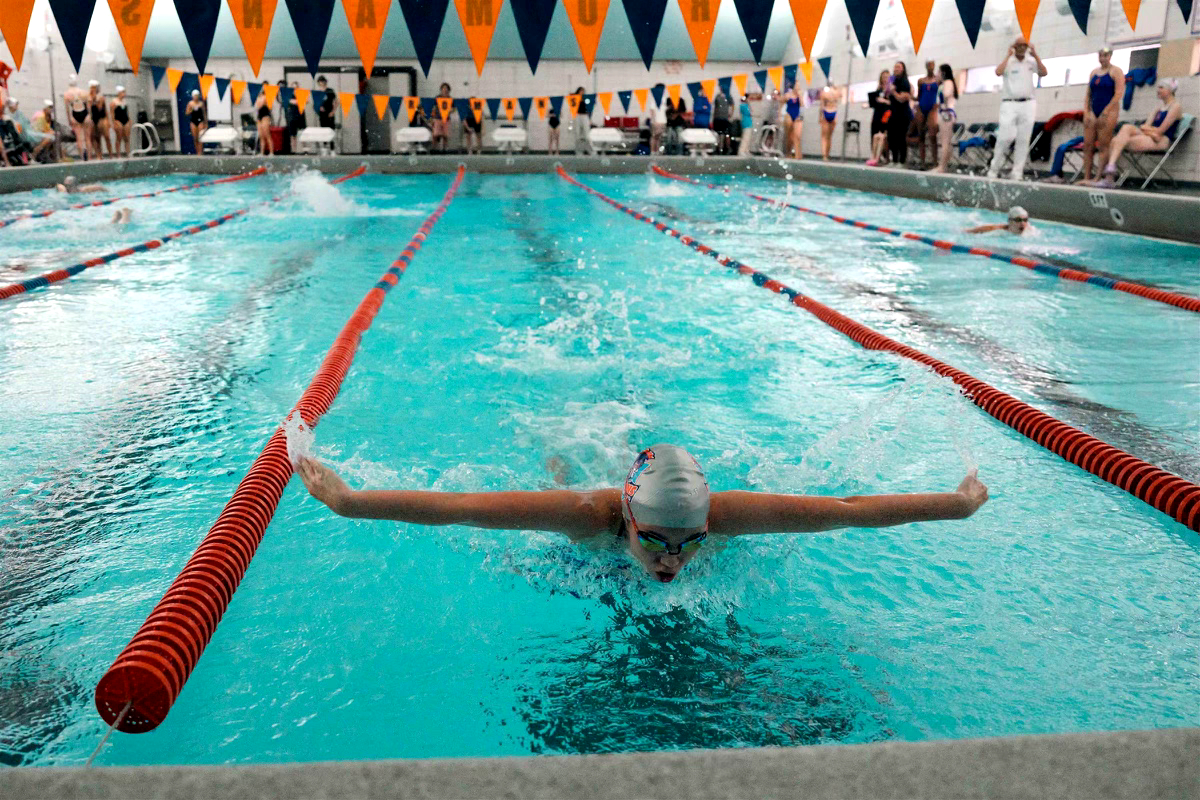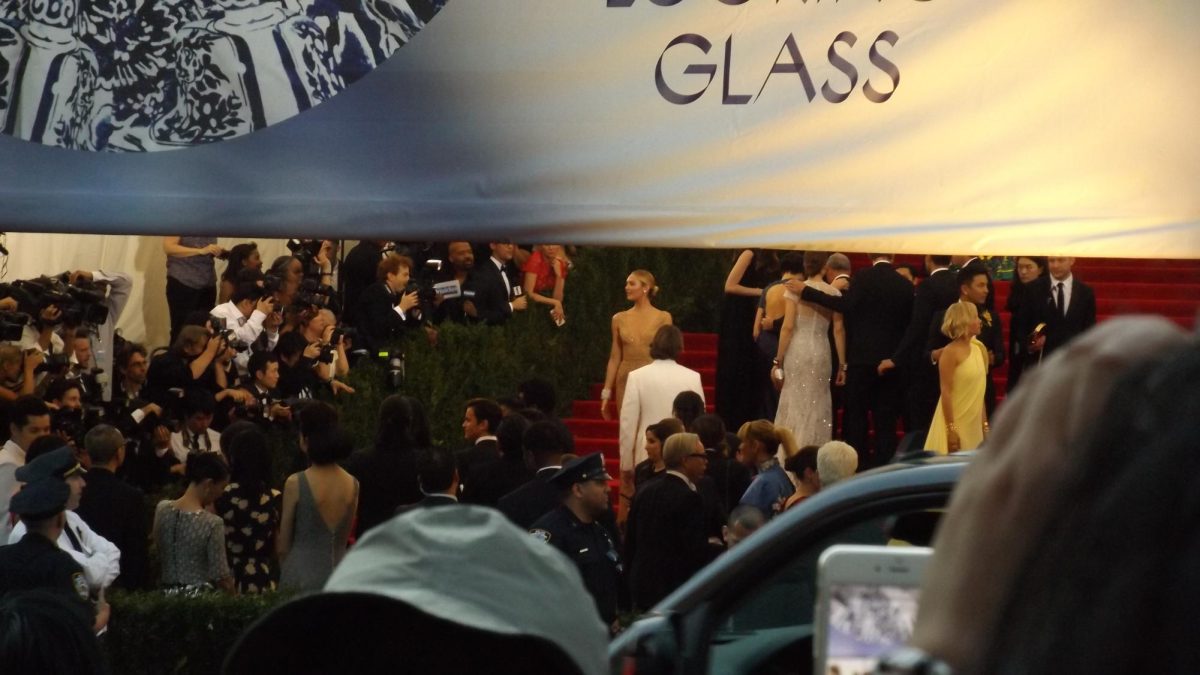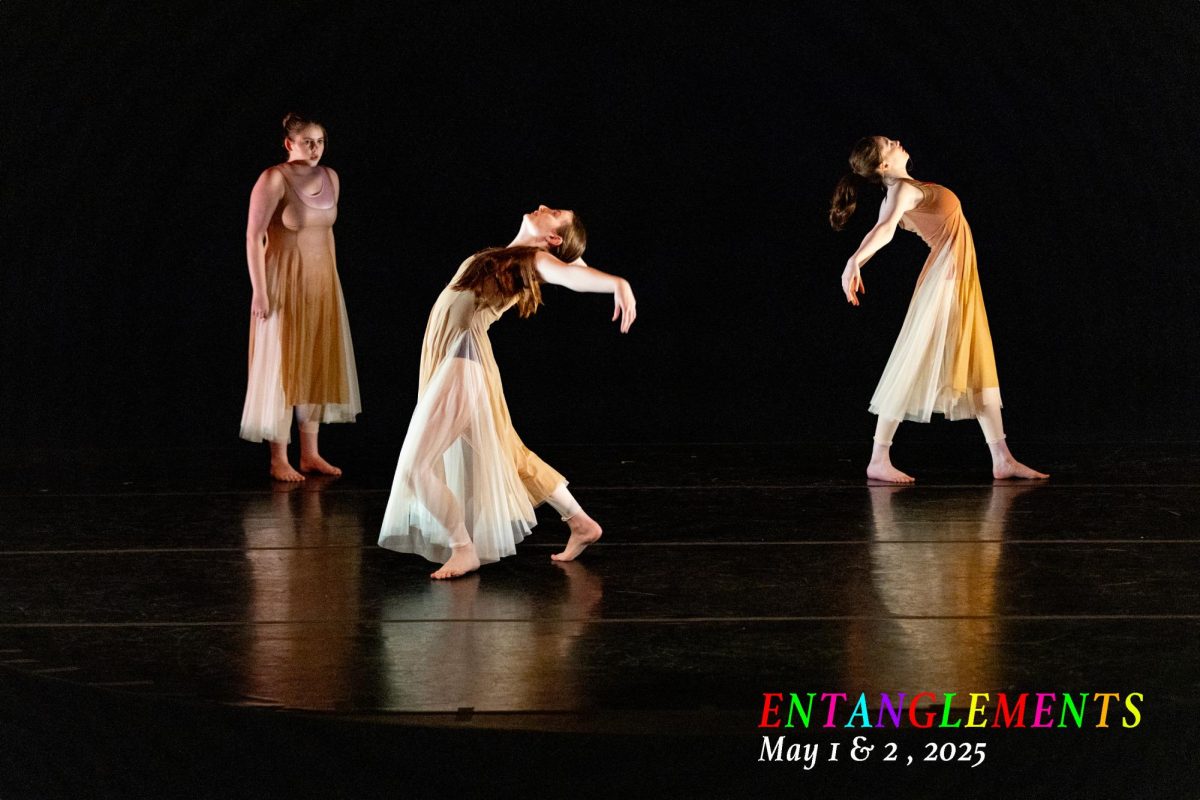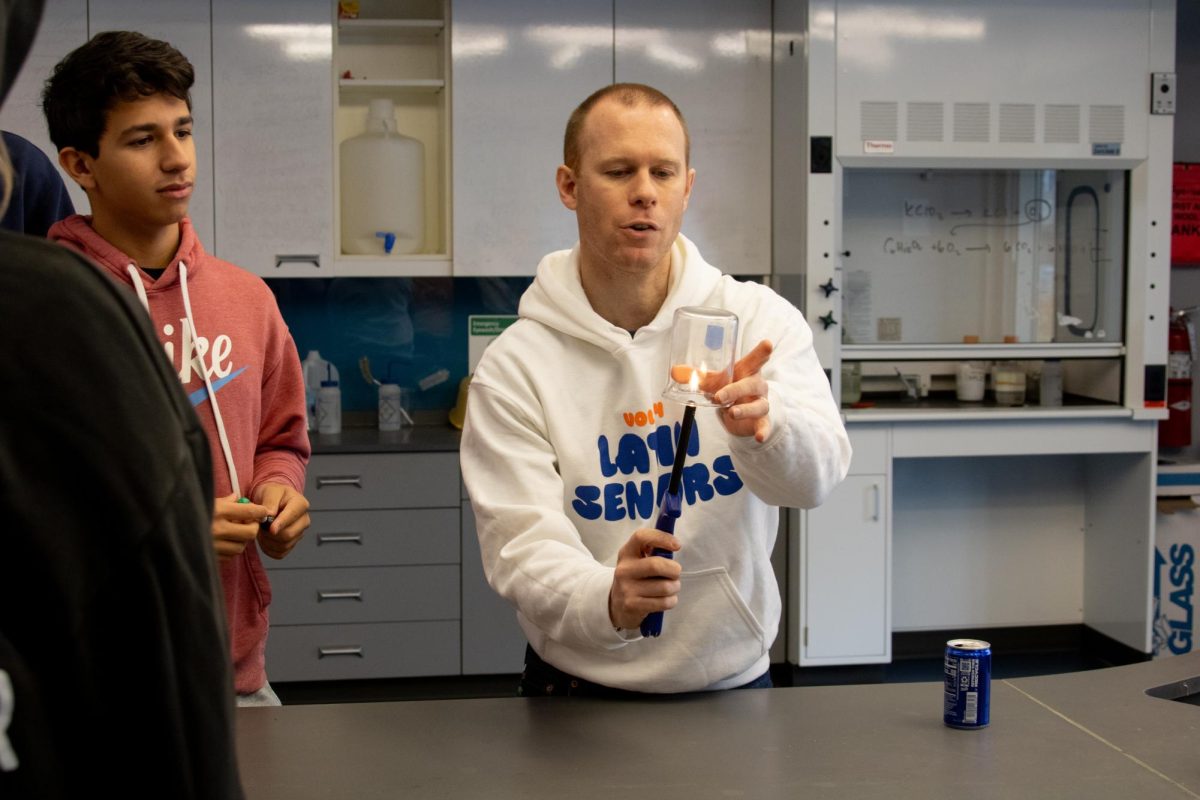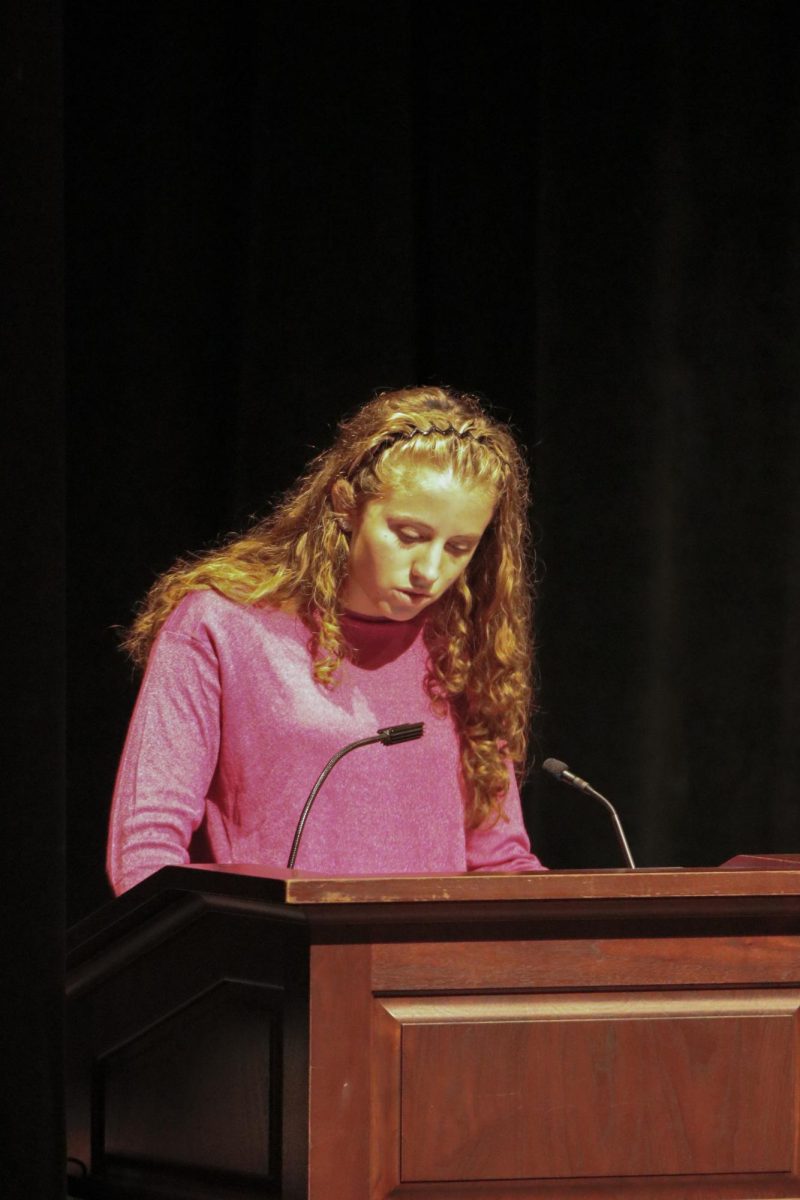As students huddle around whiteboards, their whispers about crime scene investigations grow louder through lively discussions. Vibrant reds and blues transform the plain white of the boards into blasts of color and diagrams of DNA as markers squeak on the board. Students discuss velocity equations, occasionally posing the teacher questions to which he responds with small pointers, nudging students in the right direction. Laughter bounces around the room as lighthearted jokes put the students in the zone for a new lesson in forensic science.
Forensics is a new science elective this year, available to sophomores, juniors, and seniors. Upper School science teacher Jonty Faulkner taught both sections of the course. As a graded semester course, Forensics does not count as a science credit. The only prerequisite for the course is one semester of physics. In just its first year being offered, Forensics was at full capacity for both semesters.
“We’ve been looking to add more electives in the science division that could be taken by sophomores as well as juniors and seniors, and this class does that,” Mr. Faulkner said. “We thought a Forensics class would be a cool elective that more students could take.”
Mr. Faulkner's enthusiasm for expanding science electives led to the introduction of the Forensics course, but bringing a new class to life involves more than just passion. Upper School Science Department Chair Melissa Dowling explained the structured process behind course approval, ensuring that new electives meet the school's educational standards by pushing an application through multiple levels of approval.
The proposal for the Forensics class received immediate support from the school's leadership team. Their excitement stemmed from the course's potential to engage a wide range of students and its alignment with the school's educational objectives of being a good global citizen. Forensics fits well because of the real-world application to police investigations and court cases.
“Forensics, we really liked, because Mr. Faulkner was really excited about it, and it was another course that we could offer for 10th, 11th, and 12th graders,” Ms. Dowling said. “And it’s another entry point for a 10th grader if they want to take a science elective.”
Thus far, Forensics students have had a great time in Mr. Faulkner’s new class. Senior Vijay Silvani said, “It's cool to learn about how Forensic scientists catch victims and how they do it. I like the topics we learn about in class, and how we get to do labs on all of them.”
Forensics allows students to learn through hands-on experience.
“Recently, we burnt pop sticks and tried to keep them burning for as long as we could before it went out,” junior Jack Zeiger said. “We made it into a game, to see who could keep their popsicle burning the longest, and it turned into a really fun way to learn.”
Other students enjoyed that Forensics uses a blend of science and math they have previously learned.
Sophomore Channing Giese said, “This class requires knowledge of physics, chemistry, biology, algebra, and trigonometry. My favorite part about this class is that I get to connect to all my prior knowledge from math and science.”
Mr. Faulkner emphasized that the class is designed to create a connection among science classes. “We are trying to show that all three of these sciences work together, and that’s how it is in the real world,” Mr. Faulkner said. He added that Forensics does not dive as deep into biology because they have younger students in the class without the prerequisite knowledge.
As an elective course, Forensics does not have much homework, only around a total of 30 minutes per week, which is especially helpful for busy seniors like Vijay. “I've never had too much homework from my science classes, and the workload in Forensics is about the same as other classes I have taken,” Vijay said. “It’s nice because it doesn’t add much to my workload as a senior, which so far has definitely been a lot.”
The workload outside of class isn’t much, but inside the class, students do a lot of hands-on work and labs.
“We’ve done multiple labs with blood, one where we tested dropping red dye from different heights and angles to learn about blood spatter,” senior Ben Wilhelm said. “I have liked all of these labs because it felt like we were getting first-hand learning experience within these subjects instead of sitting at tables all day in class and just taking notes.”
Mr. Faulkner strives to create a classroom that doesn’t consist entirely of taking notes. Instead, he has tried to vary his methods of teaching by the day.
“We have done a full crime scene as a lab. We do some classes that are lecture-based, and some labs,” Mr. Faulkner said. “We mainly are trying to have a blend of activities in a lesson. We want to mix all of these topics, but also do it safely.”
Mr. Faulkner's efforts to diversify teaching methods have paid off, as his students find the variety of lessons both refreshing and engaging.
“This class has been very enjoyable because it is super engaging,” Channing said. “We do a lot of collaborative work, which is really fun, and I’m never bored by the same thing over and over.”
Collaborative work is a daily occurrence in Forensics. Students are often asked to group together and work through math on whiteboards. Collaboration also takes place in longer labs and presentations. “Each long block, usually about halfway through, we have a group present on a real-world case where forensic science is either being used for bad or for good,” Mr. Faulkner said.
Mr. Faulkner has successfully fostered the collaborative environment he envisioned. This approach not only encourages teamwork but also makes learning more dynamic and engaging. Jack said he appreciates the interactive learning environment..
“I would definitely recommend this class to other students,” he said. “I have learned a lot, and the different learning methods create an environment that has been one of the best I’ve experienced throughout high school.”

